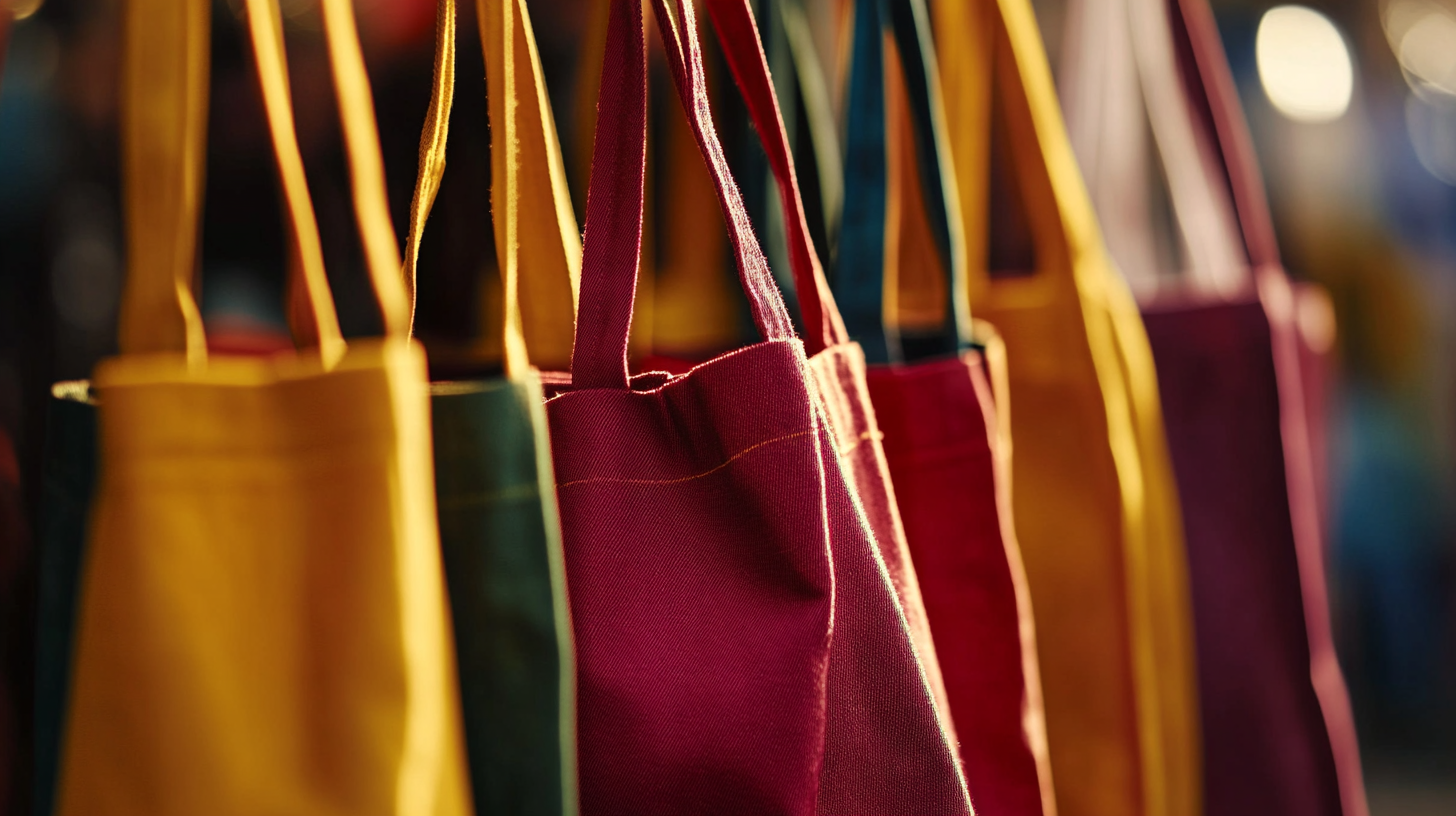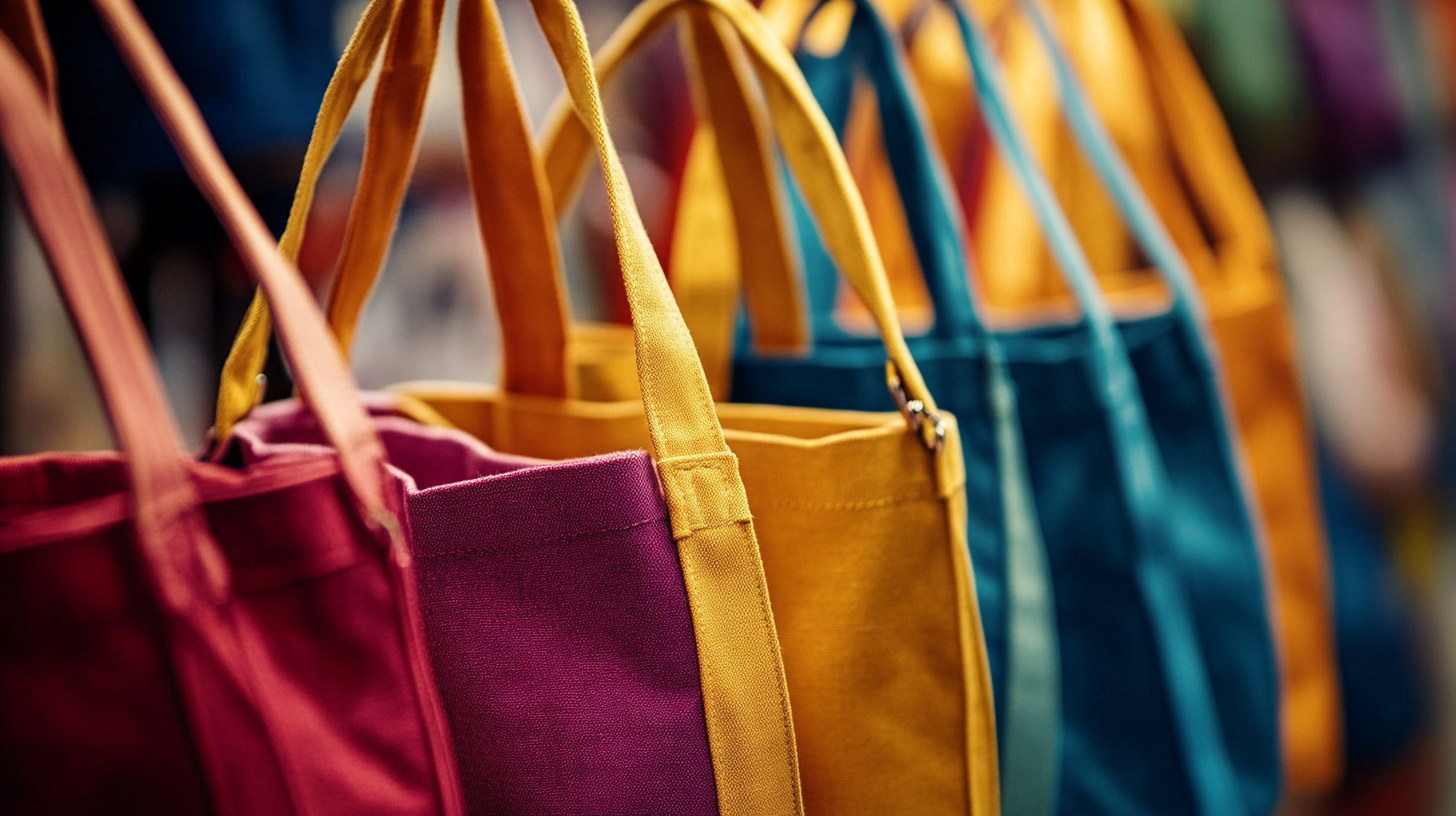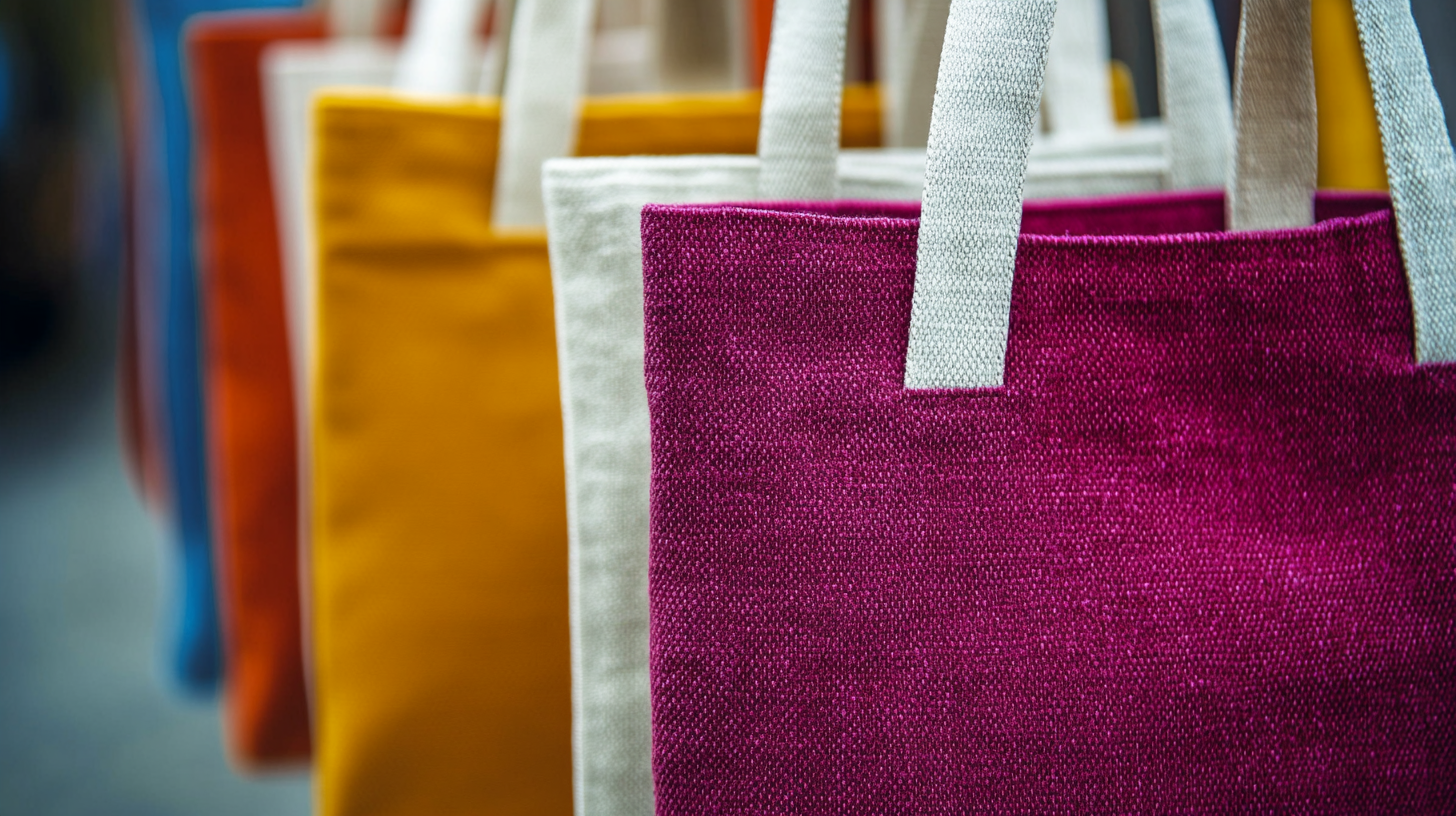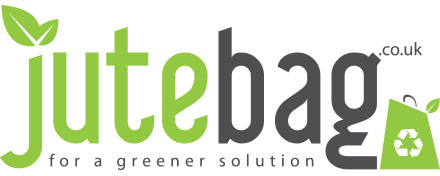Understanding Industry Standards for the Best Tote Bags: A Guide to Choosing the Right One
In recent years, the tote bag industry has witnessed significant growth, driven by consumers' increasing preference for sustainable and reusable products. According to a report by Grand View Research, the global tote bag market size was valued at approximately $4.2 billion in 2021 and is projected to expand at a compound annual growth rate (CAGR) of 6.9% from 2022 to 2030. As retailers and consumers alike prioritize eco-friendly options, understanding the industry standards for tote bags becomes crucial for making informed purchasing decisions. This guide will explore essential factors to consider when choosing the right tote bag, including materials, durability, and design, ensuring that whether for personal use or retail purposes, consumers can select the best tote bags that align with their values and needs.

Key Features to Look for in High-Quality Tote Bags
When choosing a high-quality tote bag, several key features should be considered to ensure you are making the right investment. One of the primary aspects to look for is the material. Durable fabrics such as canvas or nylon not only provide longevity but also resist wear and tear from everyday use. Additionally, these materials are often easier to clean, which is a critical factor for a bag that may encounter various environments.

Another important feature is the size and capacity of the tote. Depending on your needs, a larger bag might be necessary for carrying groceries or books, while a smaller, more compact design could suffice for lightweight errands. Look for bags that offer additional pockets or compartments, as these will help you stay organized and make accessing your items much easier.
Finally, consider the strap length and comfort. A well-designed tote should have sturdy, comfortable handles or straps that make it easy to carry, whether slung over the shoulder or held by hand.
Prioritizing these features will guide you in selecting a tote that is not only functional but also stylish.
The Importance of Sustainable Materials in Tote Bag Production
When selecting the perfect tote bag, the choice of materials plays a crucial role, especially in the context of sustainability. The rising awareness of environmental issues has prompted both consumers and manufacturers to prioritize eco-friendly options. Sustainable materials, such as organic cotton, recycled polyester, and hemp, not only reduce the carbon footprint but also ensure that the products are safe for the planet. Opting for tote bags made from these materials signifies a commitment to sustainable living and encourages responsible consumption.
Tip 1: Look for certifications like GOTS (Global Organic Textile Standard) or Oeko-Tex, which indicate that the materials used in the tote bag meet specific environmental and safety criteria. These certifications can help you make informed choices when shopping.
Additionally, consider the longevity and durability of the tote bag. A well-made tote constructed from sustainable materials can last for years, minimizing waste and the need for frequent replacements. This not only saves you money in the long run but also supports a more sustainable lifestyle.
Tip 2: Explore brands that offer repair or recycling programs for their tote bags. This way, you can extend the lifecycle of your bag and reduce landfill waste, further contributing to a healthier environment.
Understanding the Impact of Sustainable Materials in Tote Bag Production
Current Trends Influencing Tote Bag Design and Usage
Tote bags have evolved significantly in design and functionality, reflecting current trends that influence how we use them in our daily lives. One of the most notable trends is the increasing focus on sustainability. Consumers are gravitating toward eco-friendly materials, such as organic cotton and recycled fabrics, which not only reduce environmental impact but also contribute to a stylish and modern aesthetic. This shift towards sustainable tote bags highlights a growing awareness of environmental issues and the importance of making conscious purchasing decisions.
Additionally, the rise of minimalism in fashion has greatly influenced tote bag design. Clean lines, neutral colors, and functional yet stylish designs are becoming more popular, catering to those who prefer simplicity in their accessories. Multi-functional tote bags are also on the rise, serving as ideal companions for various settings, whether for a day at the beach, grocery shopping, or a casual day out. This versatility, paired with innovative designs that incorporate pockets and compartments, allows for a seamless transition from one occasion to another, making totes an essential item in modern lifestyles.
A Comparison of Tote Bag Standards Across Different Industries
 When it comes to choosing the perfect tote bag, understanding the industry standards can significantly influence your decision. Different industries have varying requirements based on functionality, aesthetics, and sustainability. For instance, retail industries often prioritize lightweight and cost-effective materials that can hold products while being visually appealing. Common materials such as cotton and polyester are frequently used, as they balance durability with affordable pricing, catering to high-volume sales.
When it comes to choosing the perfect tote bag, understanding the industry standards can significantly influence your decision. Different industries have varying requirements based on functionality, aesthetics, and sustainability. For instance, retail industries often prioritize lightweight and cost-effective materials that can hold products while being visually appealing. Common materials such as cotton and polyester are frequently used, as they balance durability with affordable pricing, catering to high-volume sales.
On the other hand, the fashion industry demands tote bags that not only serve practical purposes but also make a style statement. Here, the focus is on premium materials like leather or eco-friendly fabrics, alongside unique designs that elevate the accessory's appeal. In sectors such as marketing and events, tote bags often serve as promotional items, requiring standards that emphasize print quality and branding capabilities. These bags need to be eye-catching while maintaining functionality, ensuring they can carry a variety of promotional materials without compromising on style.
Understanding these nuances across different industries can empower consumers to make informed choices when selecting their tote bags.
How to Evaluate Tote Bags for Functionality and Durability
When choosing a tote bag, functionality and durability are paramount. A well-made tote should not only cater to your everyday needs but also withstand the test of time. Start by assessing the material used in the tote bag. Canvas and nylon are popular choices due to their resilience and ability to hold substantial weight without tearing. Additionally, check for reinforced stitching and sturdy handles, which can significantly enhance a bag's longevity, especially when carrying heavier items like books or groceries.
Another aspect to consider is the design and compartments of the tote. A customizable tote with multiple pockets can help keep your belongings organized, allowing for easy access to items such as keys, wallets, and phones. Evaluate the size and shape of the bag as well; a versatile tote should comfortably fit your daily essentials while allowing for expansion when needed. Lastly, don’t overlook the bag’s maintenance; materials that are easy to clean or resistant to stains can save you time and effort, ensuring your tote remains in top condition for years to come.
Understanding Industry Standards for the Best Tote Bags
| Feature | Description | Durability Rating (1-5) | Functionality Score (1-5) | Best Use Case |
|---|---|---|---|---|
| Material | Cotton Canvas | 4 | 4 | Everyday Use |
| Material | Recycled Polyester | 5 | 5 | Sustainable Shopping |
| Strap Length | 30 inches | 3 | 4 | Crossbody Use |
| Weight Capacity | 25 lbs | 4 | 5 | Heavy Lifting |
| Water Resistance | Water-Repellent Coating | 3 | 4 | Light Rain |
| Pockets | 1 External, 2 Internal | 4 | 5 | Organization |
